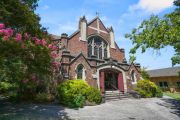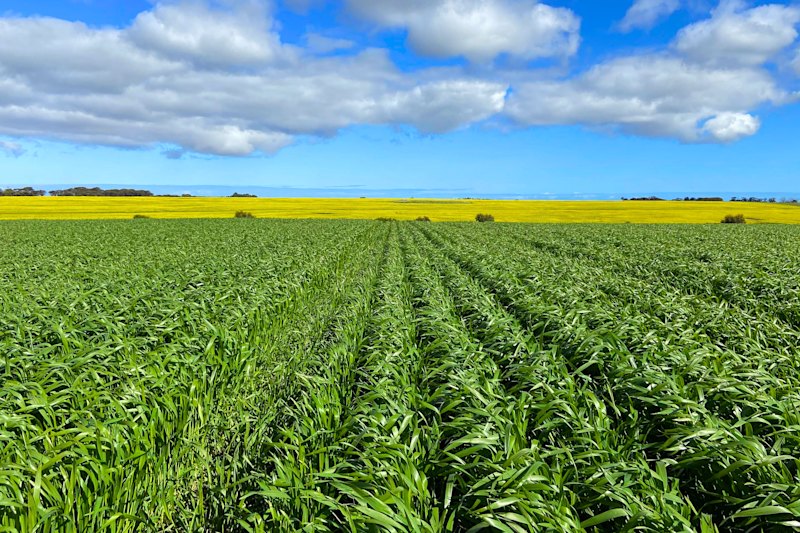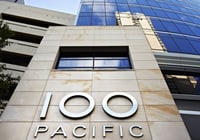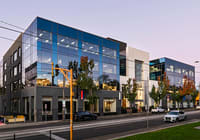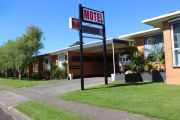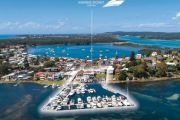
Iconic Customs House bought by City of Sydney
The federal government has offloaded Sydney’s 174-year-old Customs House to the City of Sydney council.
The building, owned by the Commonwealth Department of Finance, was under a 60-year lease to the council, which was responsible for repurposing and managing it as a cultural and community facility.
But the council decided to take over the property 25 years into the lease “to keep the building in public hands”, according to a City of Sydney spokesman. The purchase price was confidential, the spokesman said.
Lord Mayor Clover Moore said the council would look at how they could “improve the building to ensure it remains a valuable community asset”, but the spokesman could not confirm what changes, “if any”, would be made.
A spokesperson from the Department of Finance said the building was “sold off-market in accordance with the Commonwealth Property Disposal Policy”.
Under the policy implemented in 2017, properties should be sold if they do not “demonstrably contribute to government service delivery outcomes” and its ownership does not represent value for money.
But the use of the building is unlikely to be changed any time soon, with City of Sydney securing a fresh lease on levels three and four of the property – the only commercial office levels available – to coworking group Hub Australia.
That site, over 2341 square metres, will open in August 2019.
Aside from the office space, the building is also used by the City of Sydney as a library and rooftop restaurant Cafe Sydney. It is also home to the a scale model of the city centre.
“Customs House is one of Australia’s finest buildings and I’m delighted it will remain in public hands,” Cr Moore said.
“From 1845 to 1990, Customs House was the gateway to Australia, welcoming goods and people through its doors.
“It remains one of Sydney’s most iconic buildings, welcoming a million visitors through its doors each year.”
City historian Lisa Murray said the building “powerfully symbolised” its role as the original gateway for imports into Sydney, as well as revenue-raising.
“In Sydney’s early days as a commercial centre, smugglers were active not only in relation to banned goods, but to any goods which attracted a significant tariff. Opium for instance was legal until well into the 20th century, but attracted a high tax, so it was at the centre of many smuggling scandals.”
She added that customs income had been the primary source of government revenue before the government introduced income tax during World War 1.
“As late as 1924, customs tax still contributed more than 70 per cent of the nation’s revenue, meaning Customs House played an enormous role in funding Australia during the early years of Federation.”
